Contacting the police should be a task so simple, a child can do it.
Growing up, I was taught that if I needed help, I should call 999 or go to a police station, and someone would help me.
Now with advent of technology combined with centralised policing, it ought to be easier than ever to get in touch with the police officers who are best placed to help us.
But in reality, police procedure is sometimes less of a path to justice and more of a hurdle.
Since 2011, there’s been another number folk can use to contact the police: 101.
Numerous campaigns across the last decade or so have instructed us to use 101 unless “it’s an emergency”.
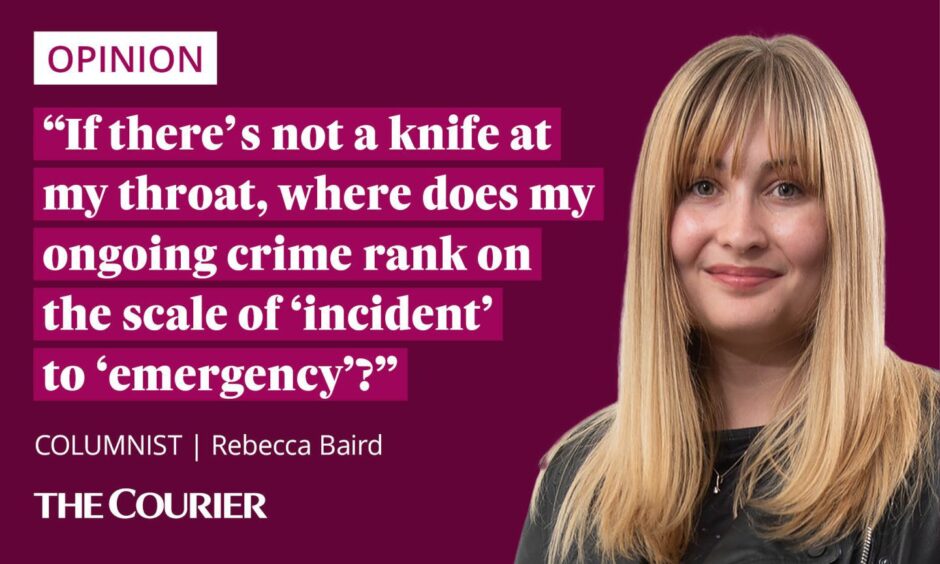
And in theory, this is a great move. Someone dealing with an armed intruder shouldn’t be in the same phone call queue as someone whose bike has been stolen overnight.
But a problem arises when messages about ‘not wasting police time’ become louder than the underlying message that our police force should be sending out: ‘We’re here to help’.
Because what we have now is a society which does not class an ongoing crime as an emergency, unless lives are at stake.
Arbroath councillor’s concerns are valid
Take for example Arbroath councillor Brenda Durno, who recently reported waiting 40 minutes to speak to a police officer after she spotted some youths causing havoc in her community and dialled 101.
By the time she got through to speak to someone, the troublemakers had cleared off and the damage was done.
This prompted Ms Durno to raise concerns to Tayside police chief Nicola Russell about the people in her area not being able to get hold of a police officer while a crime is still in progress – not just on the phone, but at the vacant front desks of seemingly open stations.
Don’t get me started on that, or you’ll get the story of the time a stranger threw a set of (presumably stolen) keys through my car window and bolted.
I had to visit three police stations before I found one that was manned, where I could hand the keys in.
But I digress.
Fair play to Nicky, but we need more clarity
In fairness to Chief Superintendent Nicola Russell, she took the councillor’s criticism of the police resources on the chin.
And she has openly acknowledged that Police Scotland needs to “get much better” about the way it deploys its resources – including reducing the hours officers spend dealing with mental health incidents.
“Is it right that a police officer spends eight hours sitting at a hospital with someone? No, it’s not,” she said.
It’s heartening to have a police chief that’s listening.
But I found her response to Ms Duro’s concerns somewhat murky:
“If there’s an ongoing crime and it’s of a serious nature…then we should be using 999,” she said.
“I do completely understand the frustrations where people are trying to get in touch with the police.
“For me it’s that threshold around whether it’s an emergency and a need for us to respond immediately or not.”
At best, there’s a lack of clarity here around what constitutes a “serious” crime or emergency.
At worst, the chief superintendent’s remarks come off as a pedantic dismissal of real problems in favour of administrative semantics.
It’s one thing to argue that perhaps Ms Durno should’ve called 999 if she wanted an urgent response, but ask yourself: would you?
Emergency or ‘waste of police time’?
I remember a couple of years ago, while housesitting for a friend, I noticed some of the local young team vandalising the garden. I was on my own and these weren’t small boys, so I swithered over what to do.
They weren’t harming people, just garden furniture. I didn’t want to take essential services away from someone in bodily danger, so I called 101, frantically noting down descriptions of trainers and hoodies.
After a 20-minute wait, during which the kids had left the garden and made their way through several others in the street, someone answered.
I expressed the fact they were still in the street. The person on the phone said an officer would be sent out.
They arrived the next morning, and told me there was nothing they could do except take my statement – which I’d already given on the phone.
That felt like a real waste of police time.
And it left me with the same questions as Ms Durno – where are the police when the crimes are actually happening?
Clear guidance needed for middling crime
If there’s not a knife at my throat, where does my ongoing crime rank on the scale of ‘incident’ to ’emergency’?
And is crime really decreasing, or are we just not bothering to report it, because what’s the point when no one shows up until it’s all over?
Police Scotland’s motto is apparently ‘Semper Vigilo’ – ‘Always Vigilant’. Even the most vigilant can’t see everything, I know this.
But too many resolvable incidents are going unresolved because people are second-guessing where to report them.
Until officers get their eyes on the middle-ground crimes slipping through the cracks, their ‘vigilance’ will always be too little, too late.
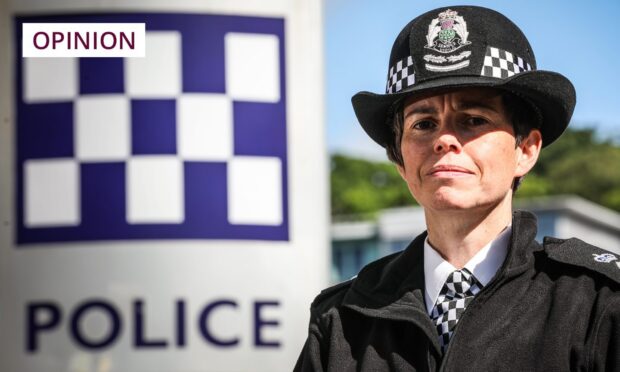
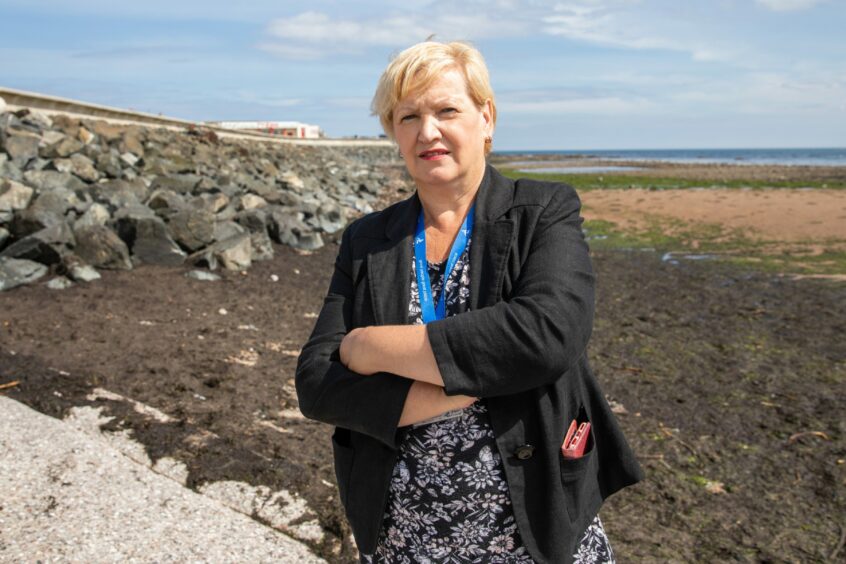
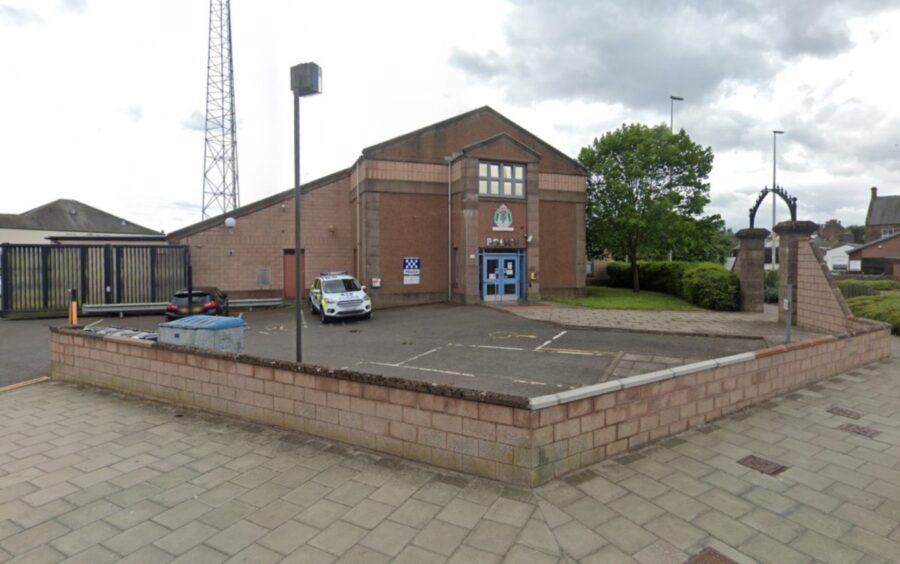
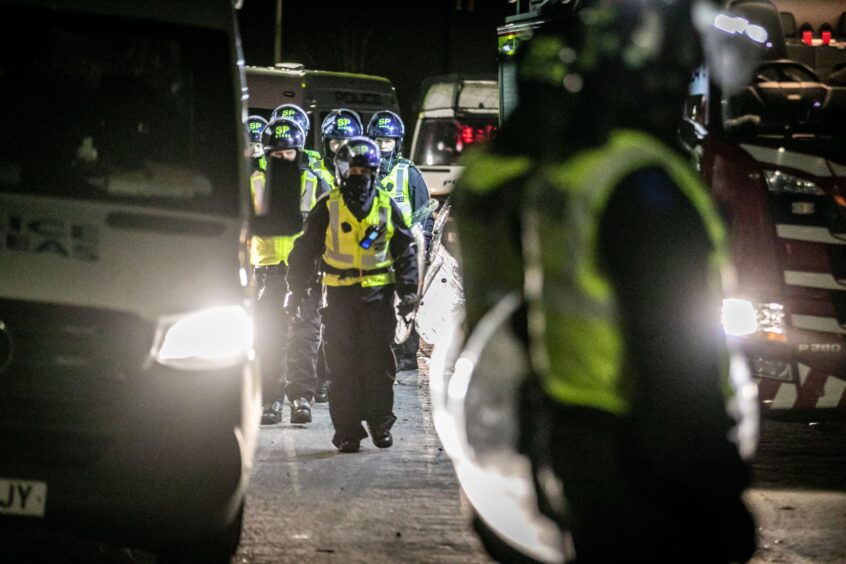
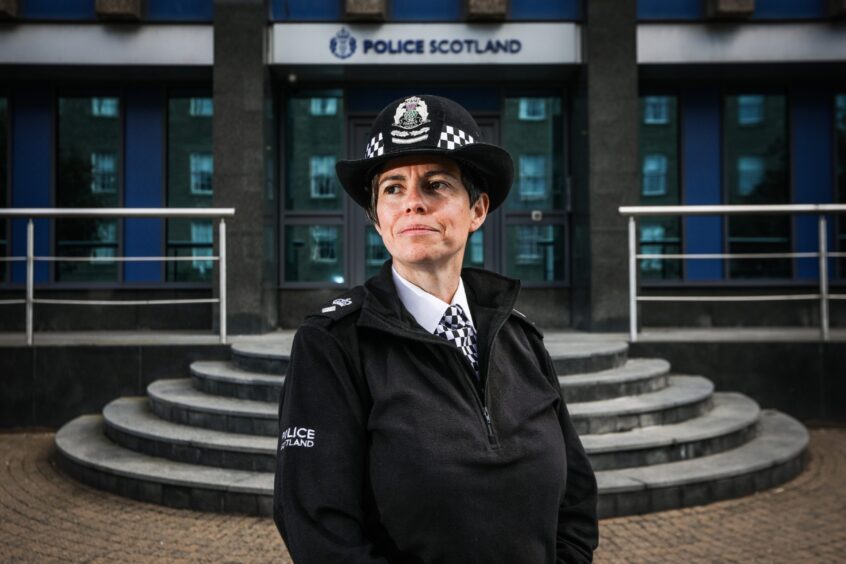
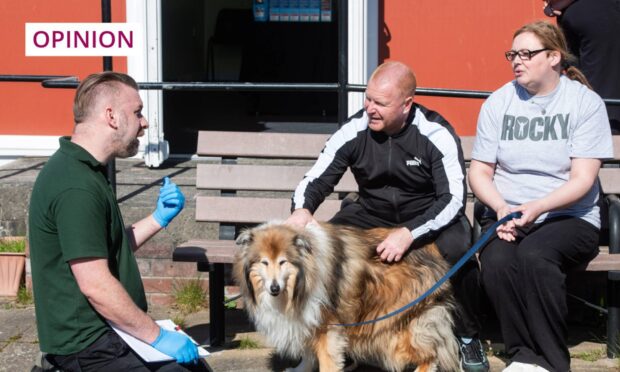
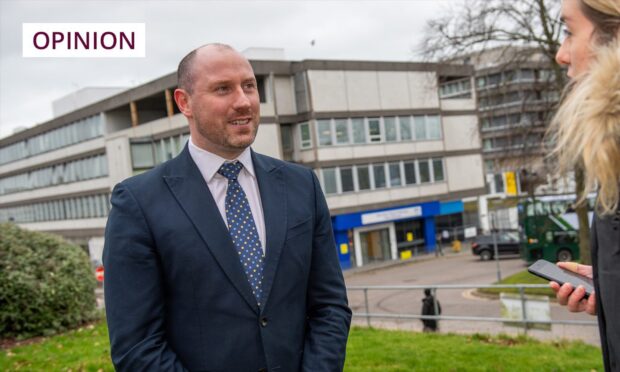
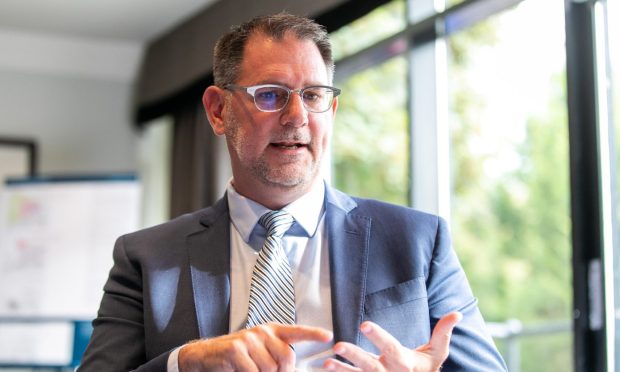

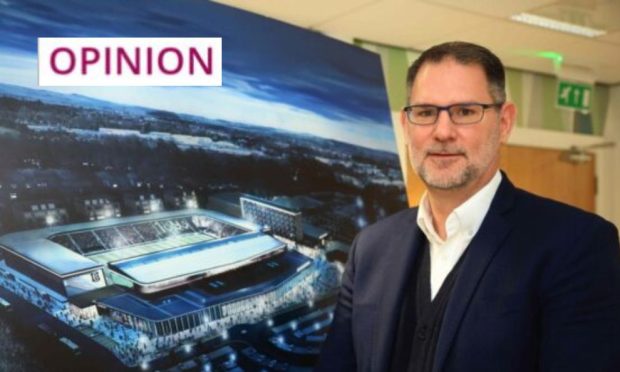
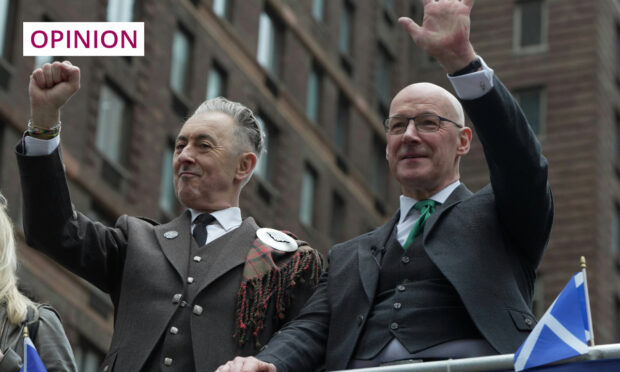
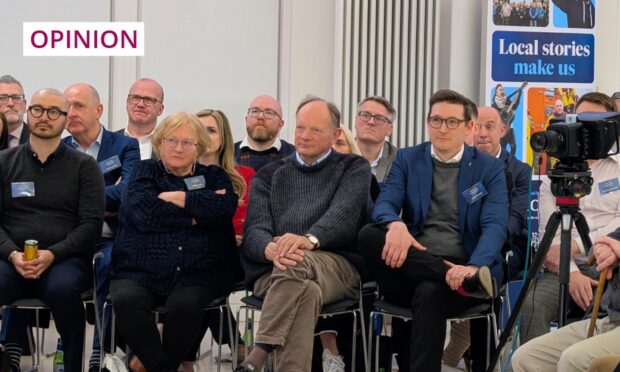

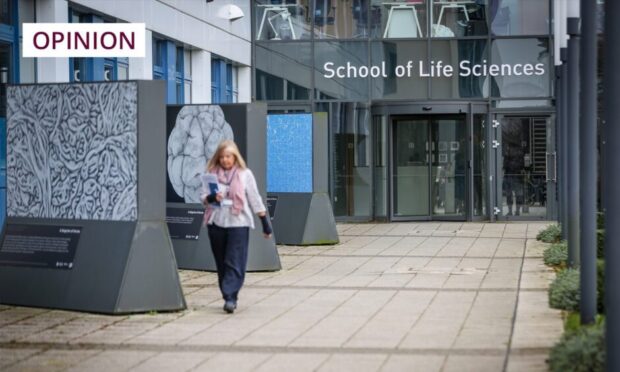
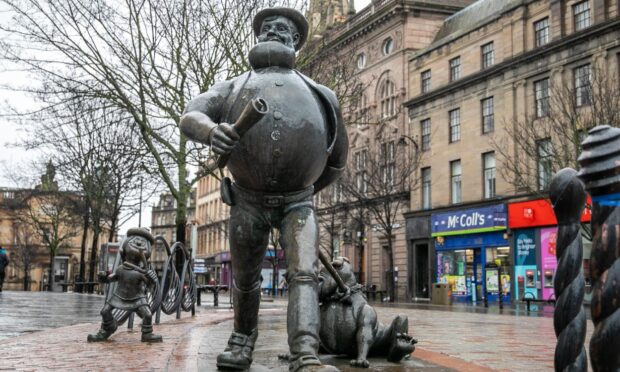
Conversation